SEO
16 Announcements From Google Marketing Live 2022
Google Marketing Live kicked off today with a keynote address, which included the announcement of 16 changes and additions to Google Ads.
The keynote primarily focused on improvements to video ads, advancements in automation, and a preview of forward-looking technologies.
Here’s everything you need to know to get caught up with today’s announcements.
Video Ads Updates
More Ads In YouTube Shorts
Video action campaigns and App campaigns are now rolling out on YouTube Shorts worldwide.
Later this year, product feeds will start showing up on YouTube Shorts, making video ads more shoppable.
Video Ads In Google Discover
Google is exploring ways to bring short video ads to Discover, which would fit in seamlessly with organic content.
Display & Video 360 Connected TV Campaigns
Soon you’ll be able to utilize Display & Video 360 to create connected TV campaigns to reach affinity, in-market, and demographic audiences across YouTube and other ad-supported connected TV apps.
Advancements In Automation
Performance Max Campaigns
A series of updates to Performance Max campaigns are rolling out throughout the remainder of the year. They include:
- A/B testing
- Expanded campaign management support in Search Ads 360 and the Google Ads mobile app
- Ability to optimize for in-store sales
- New performance data such as attribution, audience and auction insights
- Optimization score and recommendations
Updates To Insights Page
Google is rolling out three new reports to the Insights Page over the coming months. They include:
- Attribution Insights: See how your ads work together across Google surfaces.
- Budget Insights: Find new opportunities for budget optimization.
- Audience Insights: See show how your customer segments are driving campaign performance.
Improvements To Responsive Search Ads
Google is rolling out automatically created assets to responsive search ads later this year, which is designed to improve ad relevance.
This feature generates assets automatically based on content from landing pages and existing ad units.
Should you choose to opt-in, Google Ads will display the best performing combination of provided assets and automatically created assets.
Mobile-First Layouts For Responsive Display Ads
All-new, mobile-first layouts will allow you to showcase your brand on full-screen vertical ad inventory.
In addition, Google is introducing scrollable ads and videos based on your product feed.
All New Asset Library
A new account-level Asset Library can be used to store all your digital creative assets. Soon you’ll have the option to create video ads using YouTube-optimized templates.
Expansion Of Optimization Score
Google Ads’ Optimization Score is expanding to cover every campaign type within for advertisers around the world.
Forward-Looking Features
Google announced a series of advertising features that it says are designed to build “resilience for the future of marketing.”
Those features include:
- Conversion Lift Tests: Measure incremental conversions based on users and geography.
- Search Lift Tests: Measure the impact of your YouTube campaigns on driving organic searches on Google and YouTube.
- Google Tag: The global site tag will become the Google tag and get updated with new capabilities.
- My Ad Center: Google will allow users to select the types of ads they want to see more or less of.
In Summary
Wrapping everything up, these were the major announcements from Google Marketing Live:
- Video action & App campaigns coming to YouTube Shorts
- Product feeds coming to YouTube Shorts
- Video ads coming to Discover
- Connected TV campaigns coming to Display & Video 360
- A/B testing coming Performance Max
- Expanded campaign management support in Search Ads 360 and the Google Ads mobile app
- Ability to optimize campaigns for in-store sales
- New performance data such as attribution, audience and auction insights
- Optimization score coming to all campaign types
- New Insights reports
- Automatically created assets coming to responsive search ads
- Mobile-first layouts coming to responsive display ads
- New account-level asset library
- Search and Conversion Lift tests
- Global site tag will become the Google tag
- My Ad Center will allow users to control the ads they see
Source: Google Ads Help
Featured Image: Tada Images/Shutterstock
!function(f,b,e,v,n,t,s)
{if(f.fbq)return;n=f.fbq=function(){n.callMethod?
n.callMethod.apply(n,arguments):n.queue.push(arguments)};
if(!f._fbq)f._fbq=n;n.push=n;n.loaded=!0;n.version=’2.0′;
n.queue=[];t=b.createElement(e);t.async=!0;
t.src=v;s=b.getElementsByTagName(e)[0];
s.parentNode.insertBefore(t,s)}(window,document,’script’,
‘https://connect.facebook.net/en_US/fbevents.js’);
if( typeof sopp !== “undefined” && sopp === ‘yes’ ){
fbq(‘dataProcessingOptions’, [‘LDU’], 1, 1000);
}else{
fbq(‘dataProcessingOptions’, []);
}
fbq(‘init’, ‘1321385257908563’);
fbq(‘track’, ‘PageView’);
fbq(‘trackSingle’, ‘1321385257908563’, ‘ViewContent’, {
content_name: ’16-announcements-from-google-marketing-live-2022′,
content_category: ‘news pay-per-click’
});
SEO
Google To Upgrade All Retailers To New Merchant Center By September

Google has announced plans to transition all retailers to its updated Merchant Center platform by September.
This move will affect e-commerce businesses globally and comes ahead of the holiday shopping season.
The Merchant Center is a tool for online retailers to manage how their products appear across Google’s shopping services.
Key Changes & Features
The new Merchant Center includes several significant updates.
Product Studio
An AI-powered tool for content creation. Google reports that 80% of current users view it as improving efficiency.
This feature allows retailers to generate tailored product assets, animate still images, and modify existing product images to match brand aesthetics.
It also simplifies tasks like background removal and image resolution enhancement.
Centralized Analytics
A new tab consolidating various business insights, including pricing data and competitive analysis tools.
Retailers can access pricing recommendations, competitive visibility reports, and retail-specific search trends, enabling them to make data-driven decisions and capitalize on popular product categories.
Redesigned Navigation
Google claims the new interface is more intuitive and cites increased setup success rates for new merchants.
The platform now offers simplified website verification processes and can pre-populate product information during setup.
Initial User Response
According to Google, early adopters have shown increased engagement with the platform.
The company reports a 25% increase in omnichannel merchants adding product offers in the new system. However, these figures have yet to be independently verified.
Jeff Harrell, Google’s Senior Director of Merchant Shopping, states in an announcement:
“We’ve seen a significant increase in retention and engagement among existing online merchants who have moved to the new Merchant Center.”
Potential Challenges and Support
While Google emphasizes the upgrade’s benefits, some retailers, particularly those comfortable with the current version, may face challenges adapting to the new system.
The upgrade’s mandatory nature could raise concerns among users who prefer the existing interface or have integrated workflows based on the current system.
To address these concerns, Google has stated that it will provide resources and support to help with the transition. This includes tutorial videos, detailed documentation, and access to customer support teams for troubleshooting.
Industry Context
This update comes as e-commerce platforms evolve, with major players like Amazon and Shopify enhancing their seller tools. Google’s move is part of broader efforts to maintain competitiveness in the e-commerce services sector.
The upgrade could impact consumers by improving product listings and providing more accurate information across Google’s shopping services.
For the e-commerce industry as a whole, it signals a continued push towards AI-driven tools and data-centric decision-making.
Transition Timeline
Google states that retailers will be automatically upgraded by September if they still need to transition.
The company advises users to familiarize themselves with the new features before the busy holiday shopping period.
Featured Image: BestForBest/Shutterstock
SEO
Meta AI Introduces AI-Generated Photos to All Platforms

Meta just released multiple updates to Meta AI which brings advanced image generation and editing capabilities directly to Facebook, Instagram and WhatsApp feeds, plus availability in more countries and languages.
New Meta AI Creative Tools
Meta AI is bringing AI generated and AI Edited photography that can be generated at the moment a user is making a post or sending a message with a new tool called Imagine Me.
Imagine Me is a prompt that can be used to transform an uploaded image that can be shared. This new feature is first rolling out as a beta in the United States.
Meta explains:
“Imagine yourself creates images based on a photo of you and a prompt like ‘Imagine me surfing’ or ‘Imagine me on a beach vacation’ using our new state-of-the-art personalization model. Simply type “Imagine me” in your Meta AI chat to get started, and then you can add a prompt like “Imagine me as royalty” or “Imagine me in a surrealist painting.” From there, you can share the images with friends and family, giving you the perfect response or funny sidebar to entertain your group chat.”
New Editing Features
Meta products like Facebook, Messenger, WhatsApp and Instagram now have advanced editing capabilities that allow users to add or remove objects from images, to change them in virtually any manner, such as their example of turning a cat in an image into a dog. A new Edit With AI button is forthcoming in a month that will unlock even more AI editing power.
Adding AI generated images to Facebook, Instagram, Messenger and WhatsApp within feed, posts, stories, comments and messages is rolling out this week in English and coming later to other languages.

Meta AI In More Countries And Languages
Meta AI is now available in seven additional countries, bringing the total countries to to 22. It is also available in seven more languages.
List of Seven Additional Countries:
- Argentina
- Cameroon
- Chile
- Colombia
- Ecuador
- Mexico
- Peru
Meta AI is now also available in the following seven additional languages:
- French
- German
- Hindi
- Hindi-Romanized Script
- Italian
- Portuguese
- Spanish
Advanced Math And Coding
Meta AI is making their most advanced model, Llama 405B, available for users to take advantage of its advanced reasoning abilities that can answer complex answers and excells at math and coding.
Meta AI writes:
“You can get help on your math homework with step-by-step explanations and feedback, write code faster with debugging support and optimization suggestions, and master complex technical and scientific concepts with expert instruction.”
Read the official announcement:
Meta AI Is Now Multilingual, More Creative and Smarter
Featured Image by Shutterstock/QubixStudio
SEO
System Builders – How AI Changes The Work Of SEO

AI is terraforming tech. The content and SEO ecosystem is undergoing a massive structural change.
Human-written content gains value faster for LLM training than for end consumers as the pure profit licensing deals between LLM developers and publishers show.
Publishers struggle to survive from digital subscriptions but get millions that go straight to their bottom line for providing training data.
Content platforms, social networks, SaaS companies and consumer apps coat their products with AI. A few examples:
- Spotify DJ (AI-generated playlist).
- AI Overview (AI answers in Google Search).
- Instagram AI personas (celebrity AI chatbots).
- Ebay’s magical listing (turn a photo into a listing).
- Redfin Redesign (try interior designs on real house pictures).
The quality of machine-generated content (MGC) challenges human-generated content (HGC). I ran an experiment with my Twitter and LinkedIn followers: I asked them to choose which of two articles was written by a human and which by a machine – and they had to explain their answer.
Only a handful of people figured out that AI wrote both pieces. I intentionally framed the question in a leading way to see if people would challenge the setting or believe that one piece was written by a human if told so.
- Not an isolated experiment: A survey of 1,900 Americans found that 63.5% of people can’t distinguish between AI content and human content.1
- People seek help: Google search demand for [ai checker] has reached 100,000 in May 2024 (Glimpse).
- Dark side: scammers use MGC to make money, as 77% of AI scam victims lost money.2
 Image Credit: Kevin Indig
Image Credit: Kevin IndigThe quality level of LLMs pushes SEO work towards automating workflows and learning with AI, while writers will take content from good to great instead of zero to one.
Boost your skills with Growth Memo’s weekly expert insights. Subscribe for free!
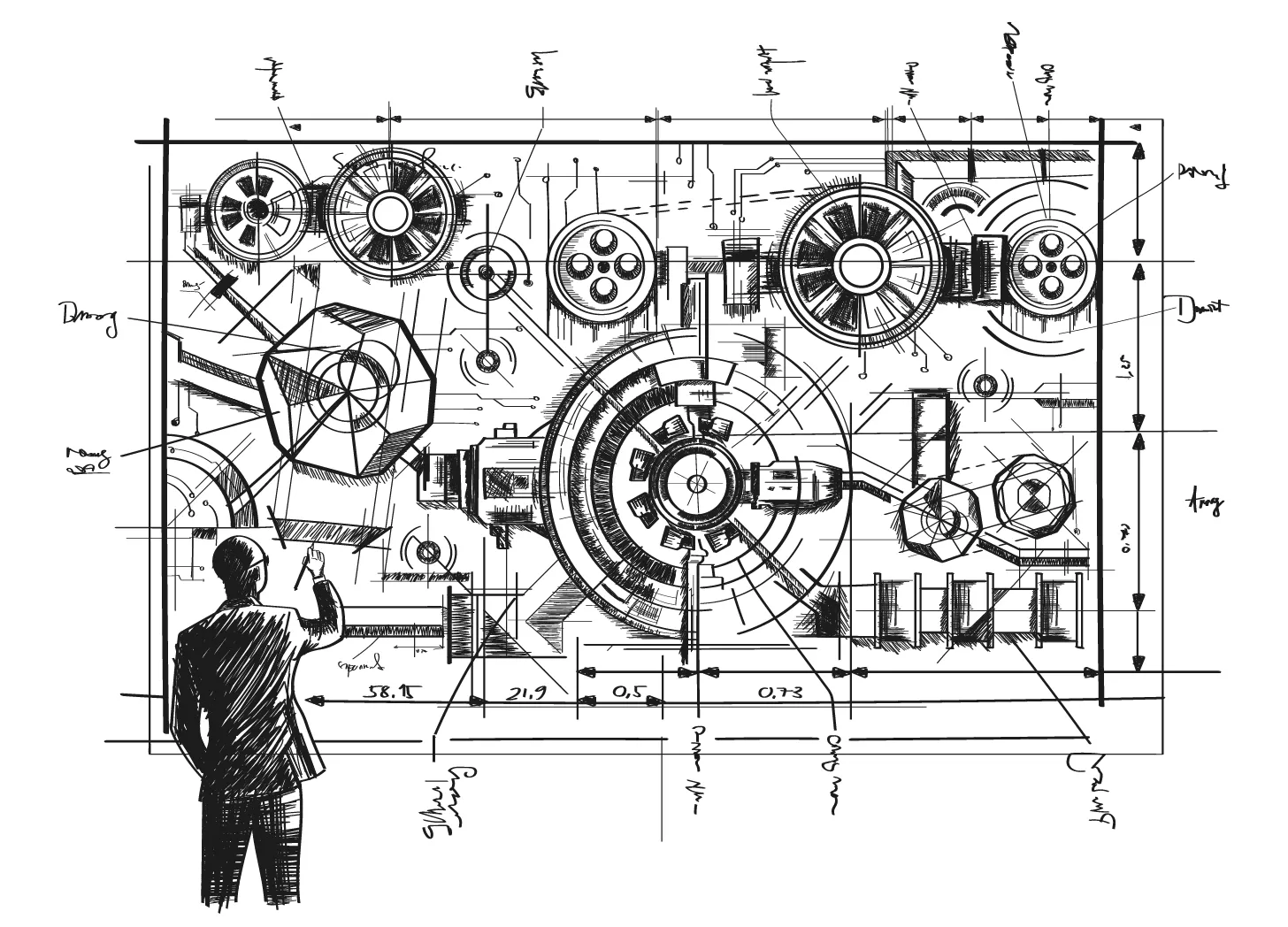 Image Credit: Lyna ™
Image Credit: Lyna ™System Builders
Clients, podcasters and panel hosts often ask me what skills SEOs need to build for the AI future. For a long time, my answer was to learn, stay open-minded and gain as much practical experience with AI as possible.
Now, my answer is SEOs should learn how to build AI agents and workflows that automate tasks. AI changes the way search works but also the way SEOs work.
AI + No-code Allows SEOs To Automate Workflows
A few examples:
1/ Cannibalization
- Old world: SEOs download search console data and create pivot tables to spot keyword cannibalization.
- New world: SEOs build an AI workflow that sends alters, identifies true keyword cannibalization, makes content suggestions to fix the problem, and monitors the improvement.
2/ Site Crawling
- Old world: SEOs crawl websites to find inefficiencies in internal linking, status code errors, duplicate content, etc.
- New world: SEOs build an AI agent that regularly crawls the site and automatically suggests new internal links that are shipped after human approval, fixes broken canonical tags and excludes soft 404 errors in the robots.txt.
3/ Content Creation
- Old world: SEOs do keyword research and write content briefs. Writers create the content.
- New world: SEOs automate keyword research with AI and create hundreds of relevant articles as a foundation for writers to build on.
All of this is already possible today with AI workflow tools like AirOps or Apify, which chain agents and LLMs together to scrape, analyze, transform data or create content.
Moving forward, we’ll spend much more time building automated systems instead of wasting time on point analyses and catalogs of recommendations. The SEO work will be defining logic, setting rules, prompting and coding.
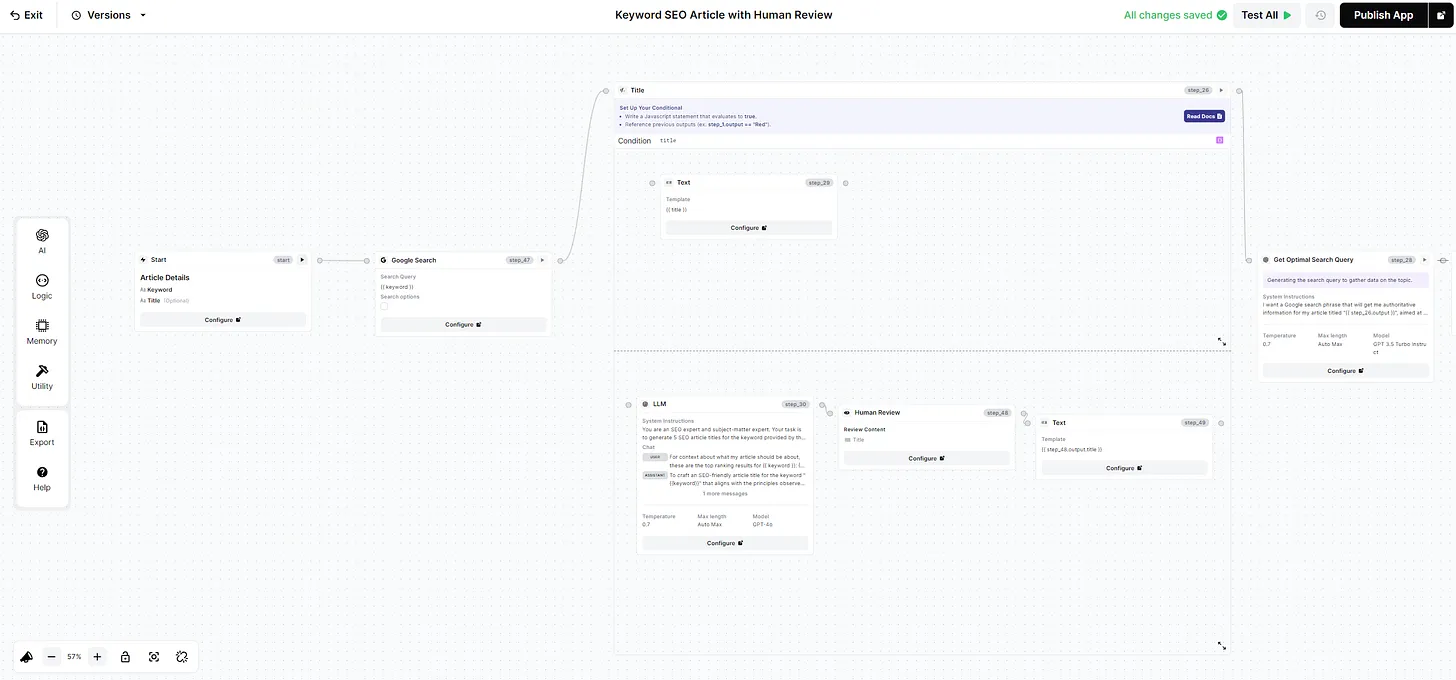 Building workflows with AirOps (Image Credit: Kevin Indig)
Building workflows with AirOps (Image Credit: Kevin Indig)You Can Learn (Almost) Anything With AI
I never made the time to really learn Python or R, but with the help of Chat GPT and Gemini in Colab, I can write any script with natural language prompts.
When the script doesn’t work, I can paste a screenshot into Chat GPT and describe the issue to get a solution. AI helps with Regex, Google Sheets/Excel, R, Python, etc. Nothing is off-limits.
Being able to write scripts can solve problems like data analysis, a/b testing and using APIs. As an SEO, I’m no longer dependent on engineers, data scientists or writers to perform certain tasks. I can act faster and on my own account.
I’m not the only one to figure this out. People are learning to code, write and many other skills with AI. We can learn to build AI workflows by asking AI to teach us.
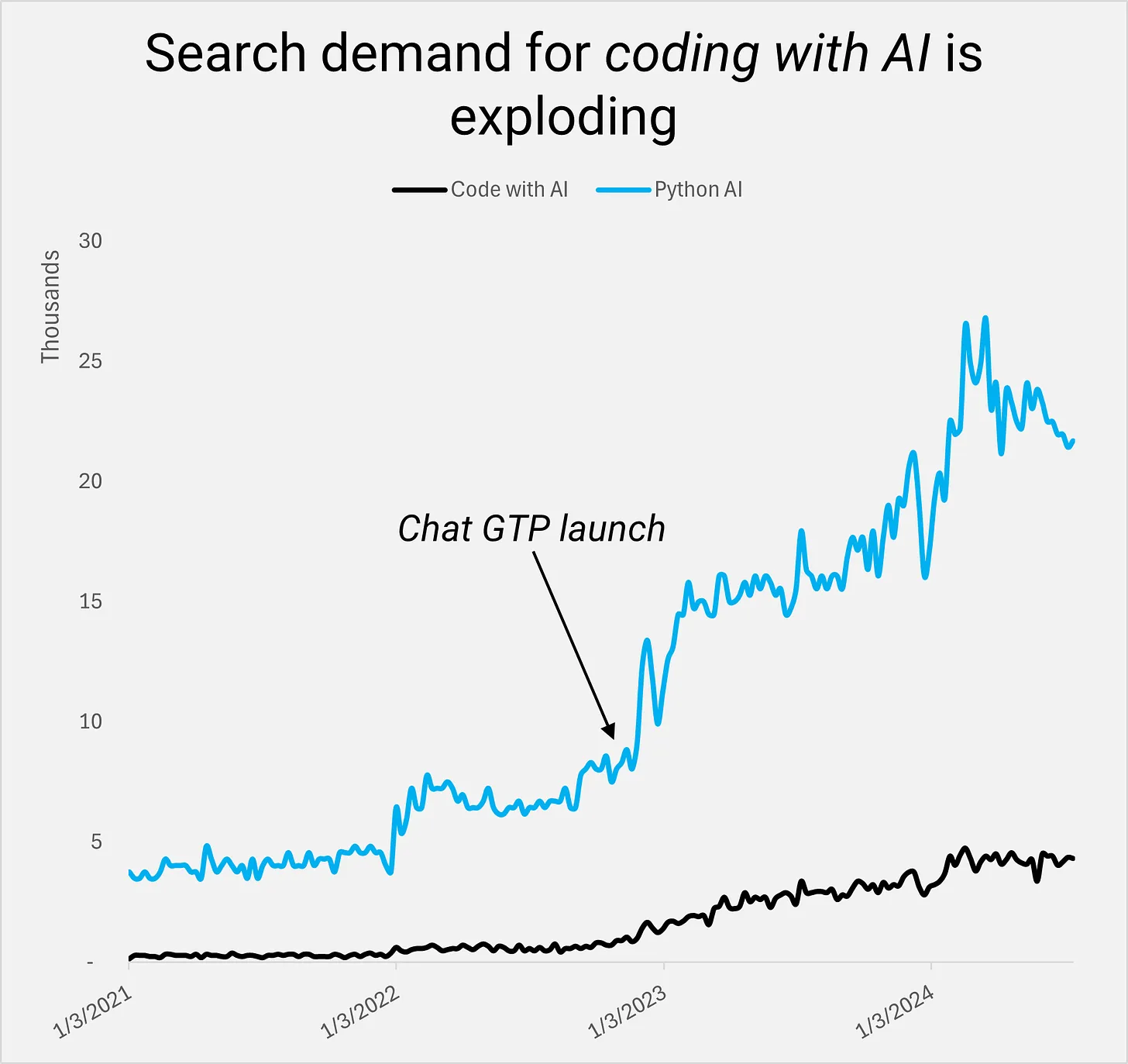 Image Credit: Kevin Indig
Image Credit: Kevin Indig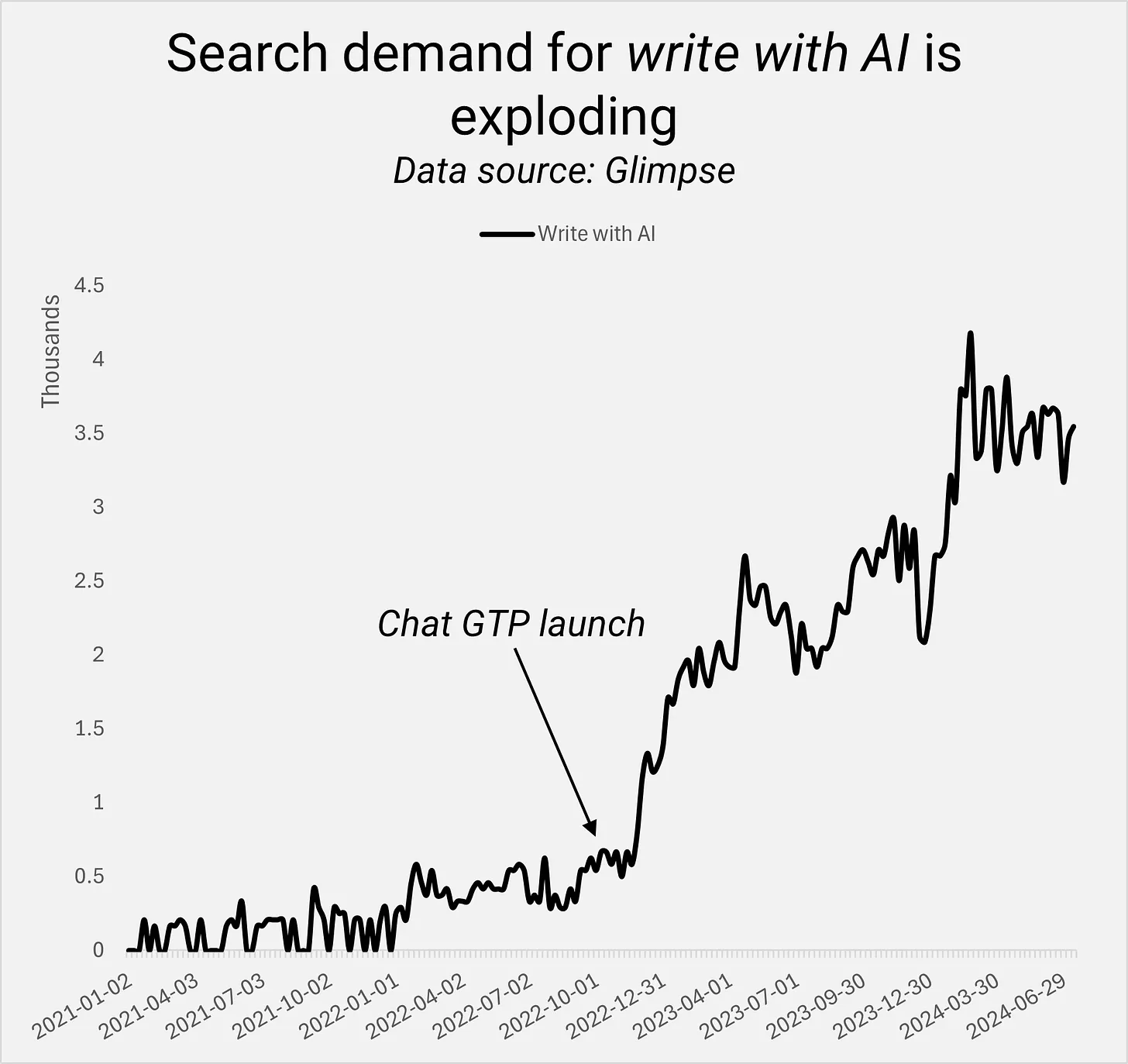 Image Credit: Kevin Indig
Image Credit: Kevin Indig Image Credit: Kevin Indig
Image Credit: Kevin IndigWhen you can learn almost anything, the only limit is time.
The Work Of Writers Changes
Against common belief, writers won’t be crossed out of this equation but will play the critical role of editing, directing and curating.
In any automated process, humans QA the output. Think of car assembling lines. Even though AI content leaps in quality, spot checks reduce the risk of errors. Caught issues, such as wrong facts, weird phrasing or off-brand wording, will be critical feedback to fine-tune models to improve their output.
Instead of leg work like writing drafts, writers will bring AI content from good to great. In the concept of information gain, writers will spend most of their time making a piece outstanding.
The rising quality work spans from blog content to programmatic content, where writers will add curated content when searches have a desire for human experience, such as in travel.
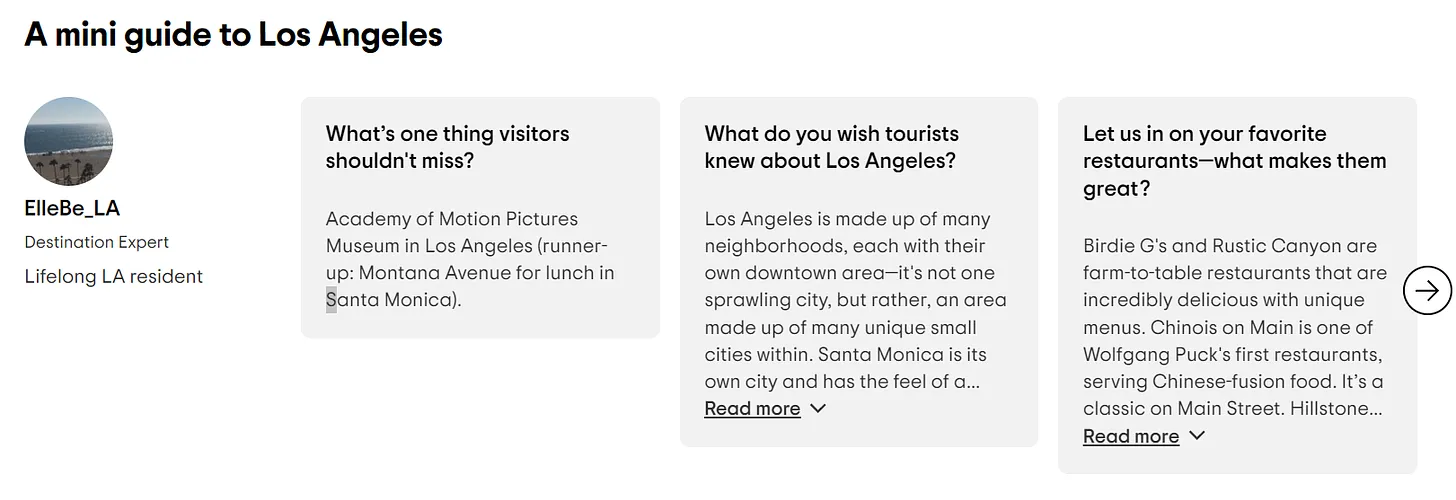 Tripadvisor’s attraction pages feature human-curated sections. (Image Credit: Kevin Indig)
Tripadvisor’s attraction pages feature human-curated sections. (Image Credit: Kevin Indig)Unfair Advantage
As often with new technology, a few first-mover people and companies get exponential value until the rest catch up. My worry is that a few fast-moving companies will grab massive land with AI.
And yet, this jump in progress will allow newcomers to challenge incumbents and get a fair chance to compete on the field.
AI might be a bigger game changer for SEOs than for Google. The raw power of AI might help us overcome challenges from AI Overviews and machine learning-driven algorithm updates.
But the biggest win might be that SEOs can finally make something instead of delivering recommendations. The whole value contribution of SEOs changes because my output can drive results faster.
Survey: ChatGPT and AI Content – Can people tell the difference?
Artificial Intelligence Voice Scams on the Rise with 1 in 4 Adults Impacted
Featured Image: Paulo Bobita/Search Engine Journal
-

 SEO7 days ago
SEO7 days agoWhat SEO Should Know About Brand Marketing With Mordy Oberstein
-
SEARCHENGINES7 days ago
Daily Search Forum Recap: July 18, 2024
-

 AFFILIATE MARKETING7 days ago
AFFILIATE MARKETING7 days agoWhy Taylor Swift Believes in Her Lucky Number
-
SEARCHENGINES6 days ago
Daily Search Forum Recap: July 19, 2024
-

 SEO7 days ago
SEO7 days ago4 Ways PPC and SEO Can Work Together (And When They Can’t)
-

 SEO7 days ago
SEO7 days agoHow to Get Search Traffic Without Ranking for Anything
-

 SEARCHENGINES4 days ago
SEARCHENGINES4 days agoBillions Of Google goo.gl URLs To 404 In The Future
-

 SEO5 days ago
SEO5 days ago26 Common SEO Myths, Debunked


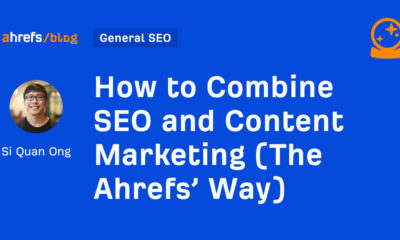

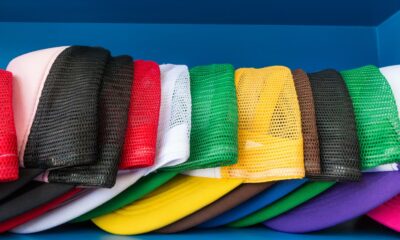

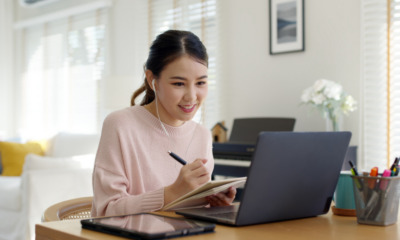

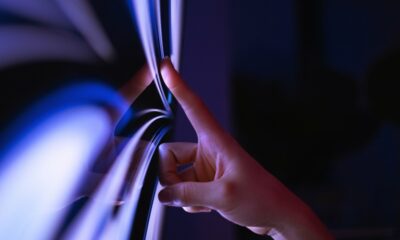

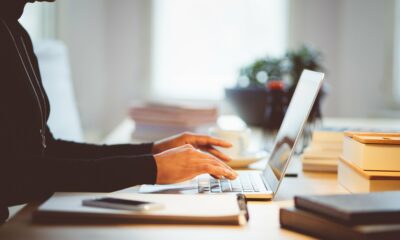



You must be logged in to post a comment Login